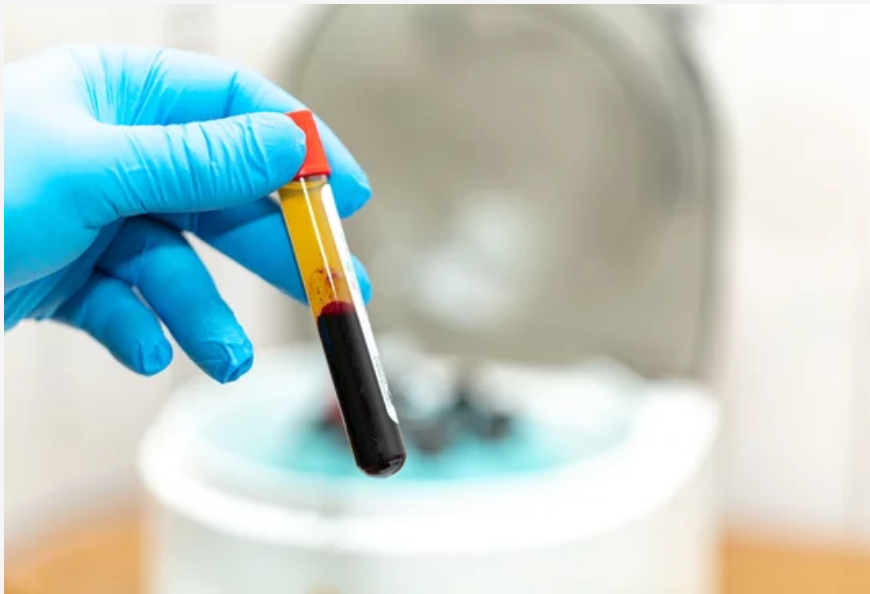Back pain is a common ailment that can significantly impact a person’s quality of life. Although there are many options for treating back pain, Platelet-Rich Plasma (PRP) therapy has shown promise, especially for certain conditions. PRP therapy promotes tissue repair and lessens pain by utilizing the body’s inherent healing capabilities. We’ll talk about PRP therapy and how it might help with back pain in this blog post.
What is PRP Therapy?
A small sample of the patient’s blood is taken, processed to concentrate platelets and growth factors, and then the concentrated PRP is injected directly into the wounded or painful area. PRP therapy is a regenerative medicine technique. Although platelets are well recognized for their ability to clot blood, they also contain growth factors that have the power to promote tissue regeneration and repair.
PRP for Back Pain: How It Works
When it comes to back pain, PRP therapy is often used to address specific conditions, such as degenerative disc disease, facet joint arthritis, or soft tissue injuries. The growth factors in platelet-rich plasma (PRP) have the potential to alleviate pain, stimulate tissue regeneration, and lower inflammation when injected into the spine’s injured region.
Advantages of PRP Therapy for Back Pain:
- Minimally Invasive: PRP injections require only a small needle puncture, are usually done as an outpatient treatment, and are very minimally invasive.
- Natural Healing: Because PRP uses the patient’s own blood, there is less chance of infection or adverse reaction.
- Reduced Pain and Inflammation: PRP’s anti-inflammatory properties can help reduce pain and discomfort associated with back conditions.
- Potential to Avoid Surgery: In some cases, PRP therapy may provide an alternative to surgery, offering a less invasive approach for pain management.
When is PRP Therapy Recommended for Back Pain?
For those with persistent back pain who have not responded to conservative measures such as medication, physical therapy, or epidural injections, PRP therapy may be suggested.It is often considered when there is a specific structural issue, such as degeneration of spinal discs or facet joint arthritis, that could benefit from tissue regeneration.
Conclusion
PRP therapy is an exciting and promising approach to managing back pain, offering a natural and minimally invasive alternative to traditional treatments. However, based on the patient’s unique response and the underlying reason of the pain, its efficacy may differ. See a qualified physician if you’re thinking about PRP therapy for your back pain. They can evaluate your situation, go over the possible risks and benefits, and help you decide if PRP is the right course of action. With ongoing research and advancements in regenerative medicine, PRP therapy continues to hold promise for improving the lives of individuals living with chronic back pain.



